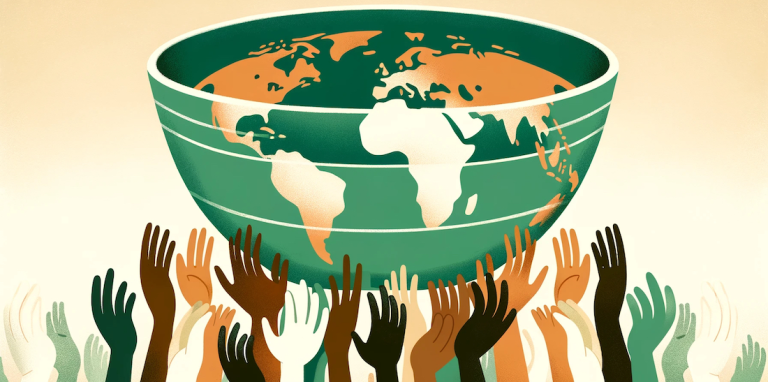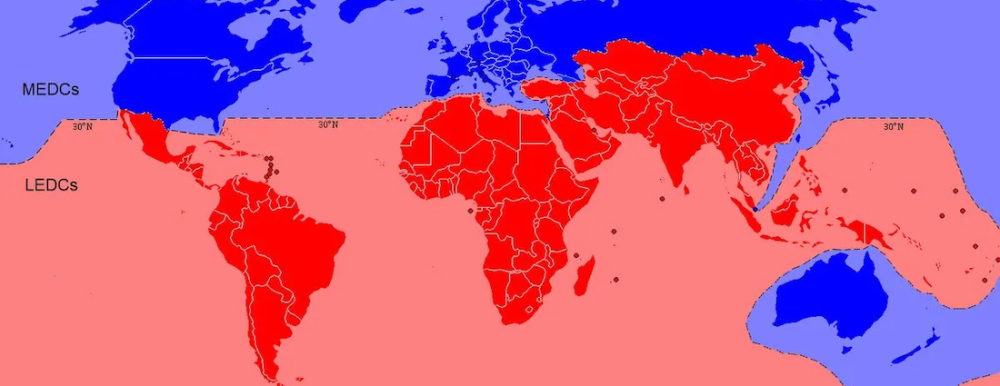
New York, N.Y. — In a world scrambling to categorize shifting power dynamics, the term Global South has surged back into diplomatic parlance. From United Nations climate debates to analyses of the Ukraine war’s geopolitical fissures, this seemingly straightforward phrase masks complex tensions. Yet its very ambiguity reveals deeper truths about who shapes—and resists—the international order.
The Cold War Crucible: Birth of a Contested Term
The term’s origin traces to 1969, when American activist Carl Oglesby, writing in Commonweal magazine, decried Northern “dominance over the global south” during the Vietnam War. His framing captured a burgeoning consciousness: former colonies recognized their shared subjugation despite geographic dispersion.
Crucially, Oglesby avoided “Global East,” which might have acknowledged the Soviet Union and China’s ideological bloc. This linguistic choice sidestepped Cold War binaries, offering a structural critique of wealth extraction instead.
Earlier labels like “Third World”—coined by French demographer Alfred Sauvy in 1952—implied a hierarchy beneath the capitalist “First World” and communist “Second World.” By the 1990s, however, “Third World” felt increasingly pejorative. The collapse of the Soviet Union dissolved the Second World, accelerating the search for new terminology. “Global South” emerged as a neutral alternative, emphasizing solidarity over “backwardness.”
More Than Geography: The Three Faces of the Global South
The term defies cartographic literalism. Australia sits geographically south but ranks among the Global North, while India and China—both northern hemisphere giants—anchor the Global South. This paradox underscores the term’s core function: a political project, not a geographic zone. Scholars identify three overlapping definitions:
- The Institutional View: Embodied by the Group of 77 (now 134 nations), which negotiates as a bloc in U.N. forums. This usage champions economic redistribution and decolonization legacies.
- The Economic View: Synonymous with “developing economies” but increasingly strained. Malaysia’s GDP per capita ($28,150 PPP) dwarfs Zambia’s ($3,250 PPP), challenging monolithic portrayals.
- The Subaltern View: A transnational identity uniting marginalized communities—from Favela residents to Dalits—resisting neoliberal exploitation. Here, the “South” exists within the Global North too.
Why the Term Persists: Power, Protest, and Pragmatism
Critics abound. Columnist Alan Beattie lambasts it as “patronising, factually inaccurate,” while strategist C. Raja Mohan argues it “denies agency” by flattening diversity. The Ukraine war exposed rifts: 60% of Global South states backed U.N. resolutions against Russia, while 30% abstained—hardly a cohesive bloc.
Yet the phrase endures because it channels historical grievances better than technocratic alternatives like “LMICs” (Low- and Middle-Income Countries). As Pankaj Mishra notes, Global South nations increasingly reject “West-centric” binaries like democracy versus autocracy. Their focus? Remedying colonial-era inequities embedded in institutions from the World Bank to the U.N. Security Council.
Economically, the term’s resonance grows as wealth shifts. By 2030, three of the four largest economies (China, India, Indonesia) will be “Global South.” The BRICS coalition already surpasses the G7 in purchasing power parity. When Saudi Arabia and Iran restore ties via Chinese mediation, it signals a reordered world where Global South actors set the table.

Beyond the Label: A Call for Nuance
The Brandt Line—a 1980s cartographic division between rich North and poor South—now seems outdated. Yet its legacy lingers in what scholar Miriam Prys-Hansen calls “structurally determined inequalities.” Dismissing the term entirely risks obscuring these realities; overusing it risks masking critical distinctions between, say, Botswana’s democracy and Syria’s autocracy.
The path forward demands context-specific phrasing. Discussing vaccine equity? Specify “African Union members.” Analyzing manufacturing? Cite “ASEAN export economies.” As Carnegie Endowment researchers urge, the Global South works best as a symbolic frame for challenging hierarchy—not a diagnostic tool.
Audio Summary (75 words)
The term “Global South,” born in 1969, transcends geography to describe nations resisting historical Northern dominance. Critics call it outdated amid the rise of China and India, yet it endures as shorthand for challenging unequal global systems. From the G77 coalition to Ukraine war nonalignment, its power lies in solidarity—however imperfect. As economic clout shifts southward, this contested label remains vital for articulating demands for justice.